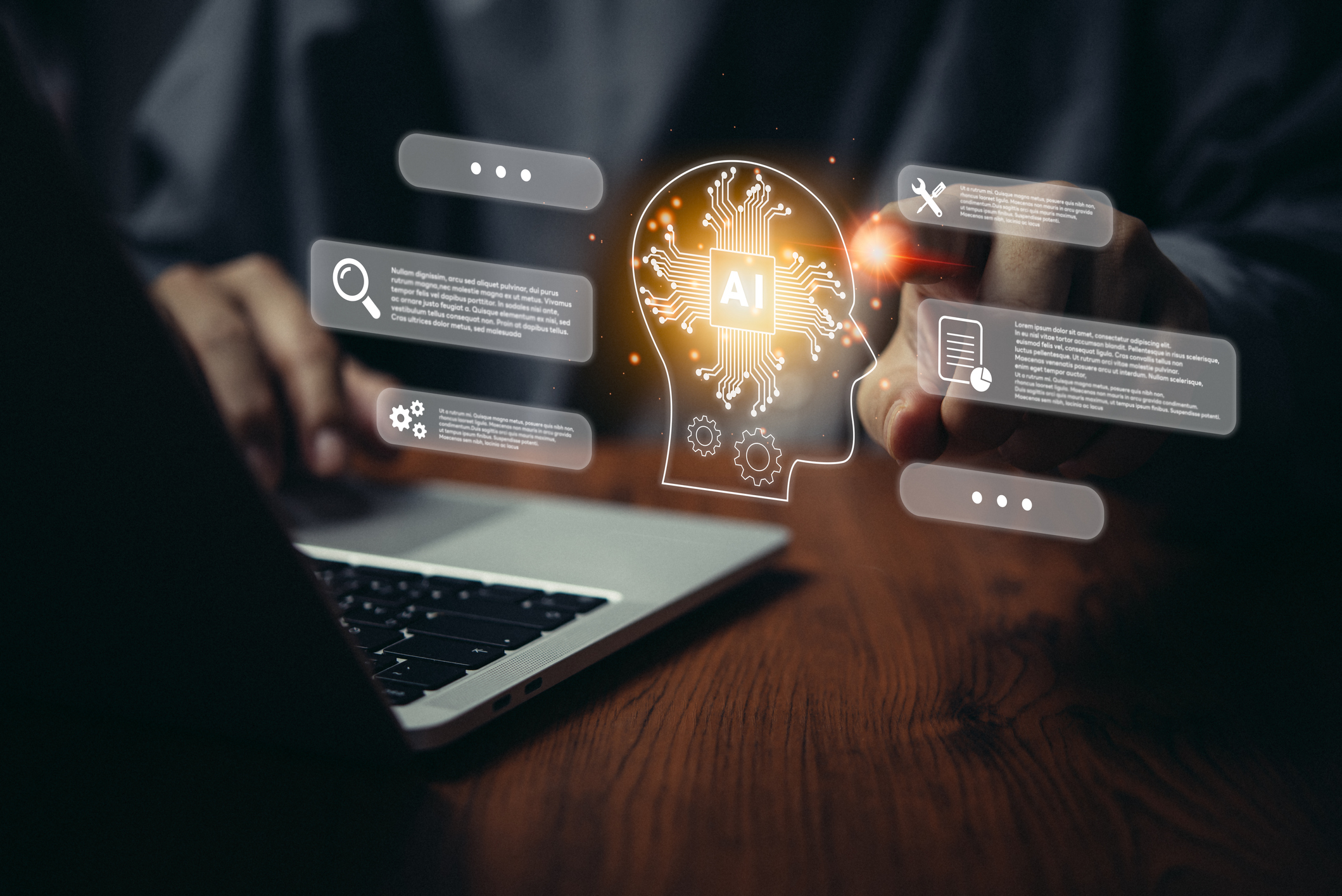Request A Demo
Get a closer look at how we can help you engage with success.
Marketing to Seniors,Senior Living

Greek philosopher Heraclitus is often credited with saying that the only constant in life is change. This is especially true in digital marketing, where some sources estimate that organic search experiences thousands of changes each year and where Google itself has confirmed more than 300 updates for paid search since 2020.
While it is true that the majority of these updates are subtle and iterative, it is also true that a select few — Panda, Penguin, RankBrain, close exact match variants, and the advent of smart bidding, to name a few — have a broader and more significant impact on businesses and the lives of consumers.
At Attane, we believe that the emphasis on artificial intelligence (AI) is one of those few updates that falls into the “big changes” category. In fact, we believe that AI is the biggest update to digital marketing in the past 10 years!
In the face of such significant change, it’s natural to have a slew of emotions: excitement at the idea that AI can make our lives easier; trepidation at how AI will upend the status quo or somewhere in between.
Fortunately, we’re here to make order out of the chaos. In the coming weeks, you’ll hear from several of Attane’s various subject matter experts about how AI will impact the user experience, how marketing channels will be different moving forward, and, most importantly, what you can do to ensure your senior living system or community preserves or gains visibility in an AI-driven digital world.
First, let’s explore how we got here.
In the past, businesses had more influence over the consumer decision-making process because the information was not as readily available to consumers. Today, buyers have access to seemingly endless amounts of information, shifting the power dynamic and changing the customer journey.
Consider this: during this year’s Google Marketing Live event, Googler Jerry Dischler claimed that 63% of consumers visit multiple sites before buying and that 50% look at five or more online sources when making a purchase decision. Further, the search engine giant continues to claim that 15% of searches have never been seen before. It’s also estimated that buyers are more than halfway done with the purchase decision before contacting a company.
Taken collectively, these behaviors suggest that consumers’ journeys are exploratory. They are savvy and prefer to self-educate before reaching out to a business. If they can’t find the information they seek, they know how to refine their approach. Lastly, and in what is perhaps the most noteworthy point of all, searchers have begun to gravitate toward places like TikTok and Amazon to find the information they seek.
If you’re Google or Bing, this presents a real threat to your business. But for both, artificial intelligence — which allows searchers to find information faster and which can be presented in easier-to-understand and interactive ways — is seen as the solution to these challenges.
To explain how AI can be used to meet evolving consumer behaviors, consider this Google-provided example of a situation in which someone is looking for outdoor things to do in Maui.
As you might expect, the search begins with the query: [outdoor activities to do in Maui].
In the new search results page, you’ll see a light green box. This is called the AI snapshot and, unsurprisingly, this is where the user can see and interact with AI-generated results. Note how the user gets snippets of information quickly without having to wade through the multiple blue links we have come to associate with traditional search results pages.
As you’re reading through the results, you decide you want to go for a hike on your trip and that you’d like your kids to try surfing. However, you don’t have a backpack for your kids, and they’ve never been on a surfboard. Instead of scrolling to the top of the page to conduct separate searches, you simply click on the “Ask a follow up” button. Your next search is [backpacks for kids].
After you’ve looked at some information relating to children’s backpacks, including the places online where you can buy one, you shift your focus to surfboarding. Again, within the AI snapshot, you ask a follow-up, this time searching for “Is it easy for them to learn surfing”.
Google understands from your previous interactions that the search is about kids’ surfing lessons, even though you didn’t explicitly state it in your query. The results include a brief overview about lessons, listings from multiple sites that offer lessons, the ability to book lessons and related searches that can help you further conduct your research.
Recall that the consumer journey is nonlinear. People like information from multiple sources, and they want to access the information they need quickly. Examples like the one above provide concrete examples of how AI-powered search helps search engines like Google and Bing address these consumer preferences.
By giving users what they want, search engines increase the likelihood that they will retain and even grow the number of people who turn to them for their web research needs. The more people use Google and Bing, the more impressions, clicks and (of course) revenue they generate.
Now that we’ve established the benefits of AI-powered search for both search engines and users, it’s appropriate to shift focus on the impact that these changes have on you, the businesses who need to market yourselves to the right people in this new way of searching.
Read Next: How AI Search Affects Paid Marketing
Get valuable insights delivered to your inbox